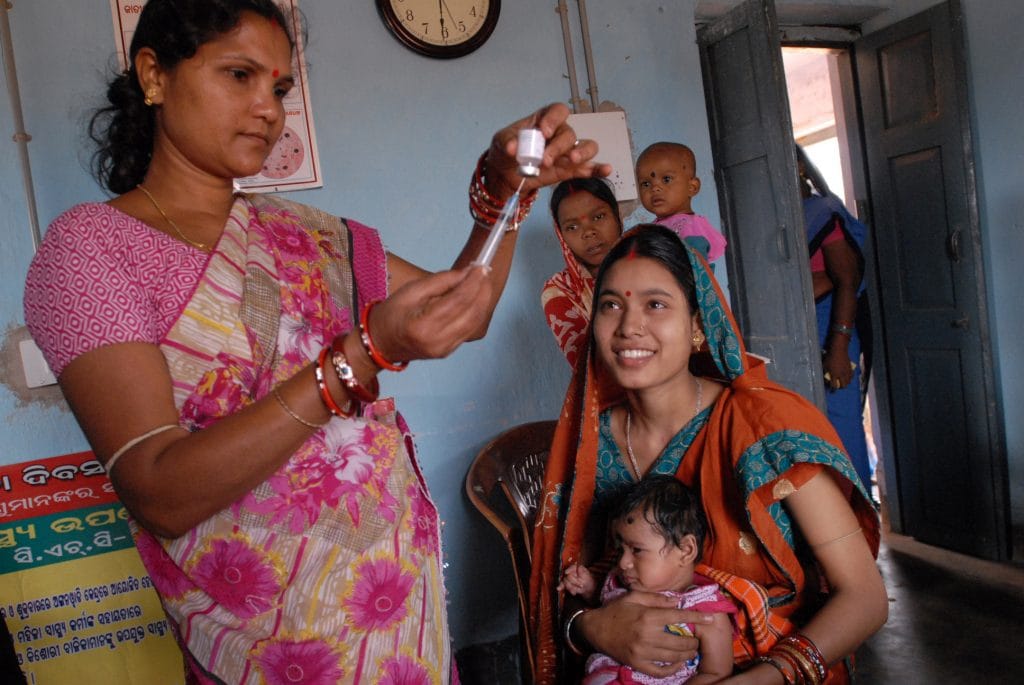
Launched in December 2014, Mission Indradhanush aimed to cover all children up to two years of age and pregnant women with vaccination coverage, with a particular focus on 201 high-focus districts spanning 28 states the Government identified at the time. In four phases up to August 2017, 2.53 crore children and 68 lakh pregnant women were vaccinated under the Mission.
Subsequently, an Intensified Mission Indradhanush (IMI) was launched by Prime Minister Narendra Modi in October 2017 to reach those as yet untouched by the Universal Immunisation Programme (UIP) and the standard immunisation programme in certain districts and cities, with the objective of conducting seven-day immunisation rounds in 173 districts between October 2017 and January 2018.
Indradhanush 2 comes as an effort to boost vaccination coverage for those who are either unimmunised or only partially immunised, to further the goal of achieving ninety percent vaccination coverage by 2020. Falling in-line with the 25th anniversary of the polio eradication campaign launch in India, which enabled the country to achieve polio-free status in 2014, Union Health Minister Dr Harsh Vardhan will launch the campaign on October 31st and implementation will commence from December 2nd.
A number of vaccine-preventable diseases are covered under the UIP. According to the National Health Portal, “[the] Government of India is providing vaccination free of cost against vaccine-preventable diseases include diphtheria, pertussis, tetanus, polio, measles, severe form of childhood tuberculosis, hepatitis B, meningitis and pneumonia (Haemophilus influenzae type B infections), Japanese encephalitis (JE) in JE-endemic districts with [later] introduction of…vaccines such as [the] rotavirus vaccine, IPV [inactivated poliovirus vaccine], adult JE vaccine, pneumococcal conjugate vaccine (PCV) and measles-rubella (MR) vaccine.”
A Union Health Ministry official has explained that, with Indradhanush 2, the vaccines will see ten administered at the national level and two administered at the sub-vaccination level. “The two vaccines which are put under sub-vaccination level are for diseases like Japanese Encephalitis and Pneumococcal conjugate vaccine which occurs in high-end endemic areas,” they said.
“The districts chosen for the current drive have immunisation coverage of seventy percent or below, which is less than the national average,” said Vandana Gurnani, additional secretary within the Union Ministry of Health and Family Welfare. “In Uttar Pradesh and Bihar, the drive will be conducted at the block-level, for which 652 blocks have been identified in 109 districts.”
With World Polio Day being observed today, the importance of immunisation has been reinforced. Without sustained vaccination efforts, polio could not have been eradicated in India. Meanwhile, there are reminders of why it is important for the Government to continue to vaccinate through campaigns such as Indradhanush 2. Of the 260 lakh children born every year in India, 31.2 lakh do not complete a full round of immunisation according to the Government.
Herd immunity is vitally needed for the sake of child health. The term refers to when vaccination coverage against a disease is sufficient to stymie the risk of further transmission. Reports have surfaced in recent months of Indian children missing out on vaccines for conditions such as measles, with India accounting for the second-highest number of children unvaccinated against measles in the year behind Nigeria. There is a clear need for immunisation efforts to be accelerated, and the Union Health Ministry is expressing commitment to this end.
“It was massive teamwork by all stakeholders together to eradicate polio,” said Vardhan. “We started it from Delhi and gradually it became a national movement.” Now, the focus is on broader immunisation efforts. “We will not stop until every single child is immunized in the country,” he added. “I am not satisfied with the ninety target, I am aiming for 100 percent coverage.”

